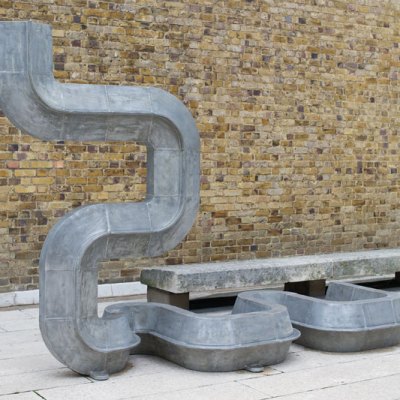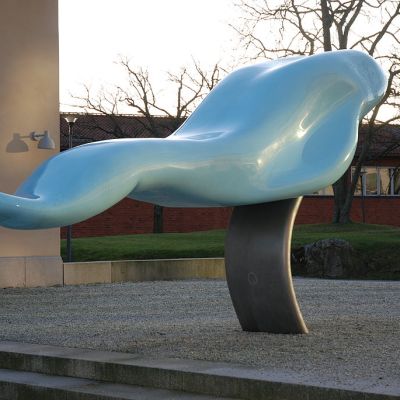The insatiable appetite of the property developer is a recurring theme in modern city life, making the dispute over the future of Keith Haring’s mural in a former Manhattan convent a story very much of our time, and simultaneously timeless. Painted in an evening in 1983 or ’84, when the building was home to a Catholic youth organisation, current residents claim the mural is now under threat from developers keen to gut the building and turn it into luxury flats.
It is in the nature of things that the old must give way to the new, and many European cities are testament to the competing needs of past and present. San Pier Maggiore, one of the great Florentine churches was demolished in the 18th century to make way for a marketplace. Time has smoothed over the brutality of its destruction, and the surviving fragments of the old church seem now as characteristic of the city’s fabric as the Duomo.
Wall paintings, in contrast, tend to disappear without trace, a bucket of whitewash all that is needed to obliterate decorations that have fallen from favour, our parish churches the blank graveyards of countless painted schemes covered up during the Reformation.
Keith Haring’s mural in Morningside Heights, New York. Image courtesy DNAinfo

But Keith Haring’s Grace House mural has not fallen from favour. A current tenant told the website DNAinfo that ‘it’s part of our identities’, its fate cruelly entwined with their own as they battle an eviction order. It is a state of affairs that emphasises the gulf between legal and moral ownership that can emerge in disputes over art in public places, with those for whom the artwork provides daily enjoyment pitted against those who would benefit financially from its removal.
The location of Haring’s mural is part of its character, typical of his desire to bring art to people and places cut off from the art establishment. With its figures dancing up three flights of stairs, it seems unlikely that a suitable new location will be found, and its removal to a gallery would surely diminish an artwork so deliberately sited beyond the confines of the art world.
High feelings and intractable differences are one reason why pieces of public art simply disappear. It is a strategy that must seem especially tempting in the case of wall decorations in public places, which can blend in sufficiently that people may never consider them as art, still less notice when they are no longer there.
Tottenham Court Road station Central line platform mosaic art. Original design by Eduardo Paolozzi. Photo: Sunil Prasannan/Wikimedia Commons (used under Creative Commons licence [CC. BY 3.0])

Were it not for the vigilance of campaigners like the Twentieth Century Society, it seems certain that Paolozzi’s mosaics at Tottenham Court Road station would never have been seen again, with plans for their future only emerging after a petition gathered over 8,000 signatures.
Haring’s mural was never going to disappear unnoticed, and yet as at Tottenham Court Road, the absence of a plan for its future highlights the continued vulnerability of art beyond gallery walls. As property prices rise and the developers move in, protecting public art becomes as much about resisting the homogenisation of the cityscape as the safeguarding of artistic heritage.



